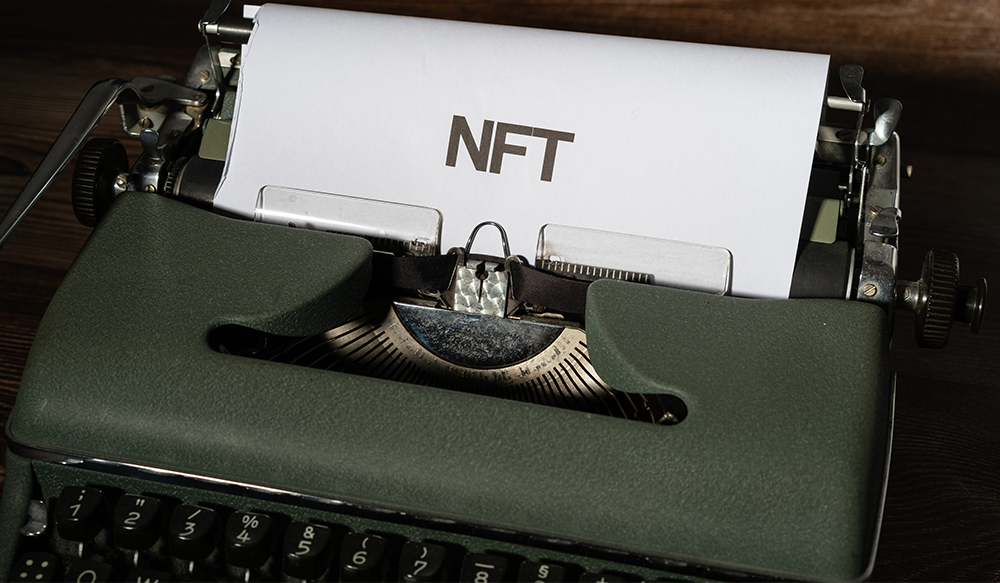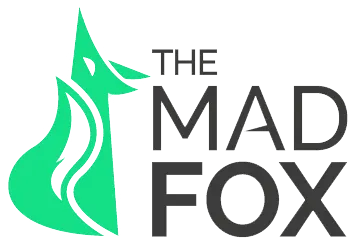The Insane Benefits and Risks of the NFT Market
- January 31 2023

Introduction to NFTs: The Future of Digital Ownership
NFTs, or non-fungible tokens, are changing the way we think about digital ownership. These unique digital assets are shaking up industries from art and collectibles to gaming and virtual worlds. But what exactly are NFTs and why are they causing such a stir?
At their core, NFTs are a way to prove ownership and authenticity of a digital asset. They use blockchain technology, the same underlying technology as cryptocurrencies, to create a unique digital signature for a piece of digital content. This signature, or token, proves that you own the original and one-of-a-kind version of that digital asset.
The current NFT market is white-hot, with millions of dollars being spent on digital art and collectibles. But the potential uses and benefits of NFTs go far beyond just buying and selling digital art. From enabling true ownership in gaming and virtual worlds to creating new possibilities for fractional ownership in real estate, the possibilities are truly endless.
In this blog post, we'll dive deep into the world of NFTs, exploring the current use cases, the benefits they offer, and the challenges and risks they present.
Use Cases: Where NFTs are Making a Mark
A. Digital Art and Collectibles
One of the most popular and well-known use cases for NFTs is in the world of digital art and collectibles. NFTs are being used to sell and authenticate digital art and collectibles, providing provenance and scarcity for digital assets. Artists and creators can now mint their digital art as NFTs and sell them to collectors who can verify the authenticity of the piece and own it forever. This opens up new revenue streams for artists and provides a new level of authenticity for collectors.
B. Gaming and Virtual Worlds
NFTs are also making a big impact in the world of gaming and virtual worlds. With NFTs, players can truly own in-game items and assets, allowing for true ownership and control over virtual items. They can also be used to create unique and rare items that can be bought and sold on the open market. This creates new opportunities for game developers to monetize their games and for players to build their own virtual economies.
C. Real Estate and Property
Non-fungible tokens are also being used in the world of real estate and property. By tokenizing real-world assets, NFTs enable fractional ownership and make it easy to transfer ownership. This opens up new opportunities for investment and opens up the possibility of owning a piece of property that would otherwise be out of reach.
D. Music and Entertainment
The music and entertainment industry is also exploring the use of NFTs. Musicians and bands can use NFTs to sell exclusive experiences, such as VIP concert tickets or meet-and-greets, directly to fans. They can also use NFTs to sell digital collectibles, like signed lyrics or limited-edition album artwork. This creates new revenue streams for musicians and provides fans with a new way to connect with their favorite artists.
E. Other potential use cases
NFTs have a wide range of potential use cases beyond the ones mentioned above, such as in the fields of advertising, fashion, or certifying luxury goods. The technology is still young, and the use cases are evolving, it's exciting to see what new opportunities will arise in the future.
As you can see, NFTs are making a big impact in a wide range of industries, and the potential uses and benefits of NFTs are truly endless. In the next section, we'll take a look at some of the key benefits that NFTs offer.
Benefits of NFTs: Why They Matter
A. True Ownership
One of the most significant benefits of NFTs is true ownership. With NFTs, you truly own the digital asset, whether it's a piece of digital art, a virtual item in a game, or a piece of real estate. This means you have full control over the asset, including the ability to sell or transfer it to someone else. This is a huge change from the traditional model of digital ownership where, often, you only have a license to use the digital asset and the original creator still retains control over it.
B. Provenance and Authenticity
This is particularly important for digital art and collectibles, where provenance is key to determining the value of a piece. With NFTs, you can easily verify that a piece of digital art is the original and one-of-a-kind version, not a copy or a knock-off. This provides a new level of trust and confidence in the digital art market.
C. Scarcity and Value
Because each NFT is unique and one-of-a-kind, it creates a limited supply of that digital asset. This scarcity can drive up the value of the asset, making it more valuable to collectors and investors. This is a big change from the traditional model of digital assets where copies are easy to make and there is no limit on the supply.
D. Fractional Ownership
NFTs also enable fractional ownership of assets. This is particularly important for real estate and property, where owning a whole property can be out of reach for many people. With NFTs, it's possible to own a small piece of a property, making it more accessible for investment. This also opens up new opportunities for crowdfunding and community-owned assets.
E. Interoperability
Non-fungible tokens enable interoperability between different platforms and games. This means that a digital asset that you own in one game can be used in another game or platform. This creates new opportunities for game developers and players, and it makes it possible to build a truly connected virtual world.
As you can see, NFTs offer a wide range of benefits, from true ownership and provenance to scarcity and value. But there are also challenges and risks associated with NFTs, which we'll explore in the next section.
Challenges and Risks: What to Keep in Mind
Lack of Regulation
One of the main challenges with NFTs is the lack of regulation. The technology is still new and governments and regulatory bodies are still figuring out how to handle it. This can create uncertainty and make it difficult for businesses and individuals to know how to operate within the legal framework. It's important to stay informed and keep an eye on any developments in regulation as they happen.
Environmental Impact
Another challenge with NFTs is the environmental impact, specifically related to the use of blockchain technology. The process of creating and trading NFTs requires a significant amount of energy, which can have a negative impact on the environment. It's critical to consider the environmental impact of NFTs and to support projects and platforms that are taking steps to minimize their carbon footprint.
High Volatility
The NFT market is highly volatile, meaning the value of NFTs can change rapidly. This can make it difficult for buyers and sellers to know what a fair price is and can create uncertainty in the market. It's indispensable to be aware of the volatility and to do your own research before making any investments.
Lack of standardization
This can lead to confusion, especially for new buyers and sellers, and can make it difficult for different platforms and marketplaces to interoperate. It's important to be aware of this and to look for platforms and marketplaces that are working to establish industry standards.
NFTs are a new and exciting technology, but it's essential to be aware of the challenges and risks that come with it. It's important to stay informed and to do your own research before making any investments. With that being said, the potential uses and benefits of NFTs are truly endless, making it an exciting time to be involved with this technology.
Conclusion: Wrapping Up NFTs
NFTs, or non-fungible tokens, are a game-changing technology that is shaking up industries. They provide a way to prove ownership and authenticity of a digital asset, creating new opportunities for creators and collectors alike.
In this blog post, we've explored the current use cases for NFTs, including digital art and collectibles, gaming and virtual worlds, real estate and property, music and entertainment, and more. We've also looked at the benefits that NFTs offer, such as true ownership, provenance and authenticity, scarcity and value, fractional ownership, and interoperability.
However, it's also important to be aware of the challenges and risks associated with NFTs, such as lack of regulation, environmental impact, high volatility, and lack of standardization.
The world of NFTs is still new and evolving, and it's an exciting time to be involved. There's a lot to learn and explore, but the potential uses and benefits of NFTs are truly endless. We hope this post has given you a better understanding of NFTs and their potential.
Let's continue to explore and develop this technology together and discover new ways to use it to change the way we think about digital ownership. So if you have blockchain project that contain NFTs, we can help you build it, so contact us or have a meeting with us.


Leave your thought here
Your email address will not be published. Required fields are marked *